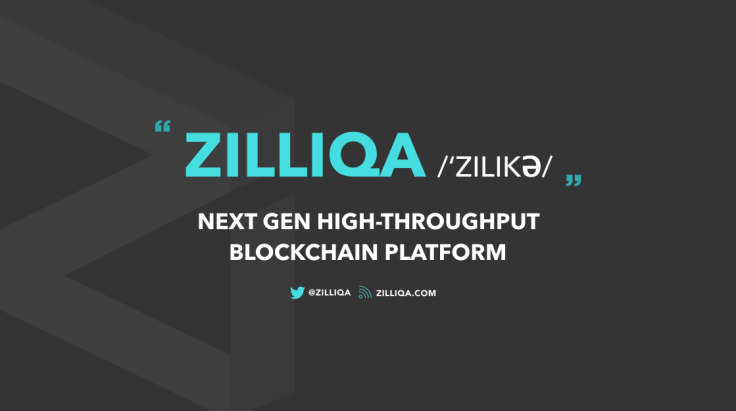Singapore sharding blockchain Zilliqa hits 2,400 transactions per second
Developed at the National University of Singapore, blockchain platform has upgraded its internal testnet.

Zilliqa, a blockchain platform created by researchers at the National University of Singapore and based on the technology of "sharding", has announced that its internal testnet platform has reached a peak throughput of 2,488 transactions per second (TX/s), marking an important milestone in its development.
Zilliqa addresses one of the most pressing problems facing public blockchain platforms: scalability. The ability to handle a larger number of transactions per second as a blockchain network grows has been recognised as one of the biggest problems facing existing blockchain platforms, as evidenced by the often cited example of only 7–10 transactions/second (TX/s) available in Bitcoin and Ethereum today.
The researchers at the National University of Singapore, led by Xinshu Dong, proposed a solution in a paper back in 2015, but it hadn't been deployed as an open and permission-less blockchain at scale until now.
The idea is to automatically split up a large network of machines processing transactions into parallel sub-committees, or "shards". Each shard processes its own microblock in parallel with other shards, and resulting micro-blocks are merged into one final form.
Although the high-level idea of sharding appears simple to understand, ensuring a secure and unbiased process of sharding is highly challenging. Zilliqa develops a mechanism to dynamically elect and update a special committee of machines to ensure such properties, according to a statement.
Dr. Xinshu Dong, CEO of Zilliqa, said: "This is an important milestone in the development of Zilliqa because it shows that our sharding protocol technology is scaling almost linearly with the number of nodes in the system. We are now one step closer to releasing our source code and establishing a public test that will allow developers to begin to test the incredible potential of this technology."
To achieve this, the team used all of the available Amazon Web Services EC2 instances in Singapore within the category they required. In total, they used 3,600 Amazon EC2 instances that acted as single nodes to test their blockchain infrastructure.
Their previous round of testing from last month reached approximately 1,400 TX/s on 2,800 nodes, and these latest results show a further improvement in their transaction rate. For perspective, with the current scaling rate, if Zilliqa were fully functional on the same number of nodes as Ethereum (~22,000) their transaction rate would be over 15,000 TX/s, nearly double the average of VISA, the largest electronic payment network in the world.

Zilliqa also proposes a new scalability-driven smart contract language that is not Turing-complete, but rather scales much better for a multitude of applications that range from automated auctions and digital advertising to shared economy. The smart contract language in Zilliqa follows a dataflow programming style, where the program can be seen as a directed graph, and nodes in the graph represent computations, while arcs represent input/output.
The team plans to release their source code and a public testnet in December 2017. The public release of the Zilliqa protocol will enable the public and developers to participate in testing its functionality, performance, and robustness, and to start designing the next generation of blockchain applications that can be developed on the platform.






